Starfield’s best mission is a reality-bending nod to Titanfall 2
Sliders
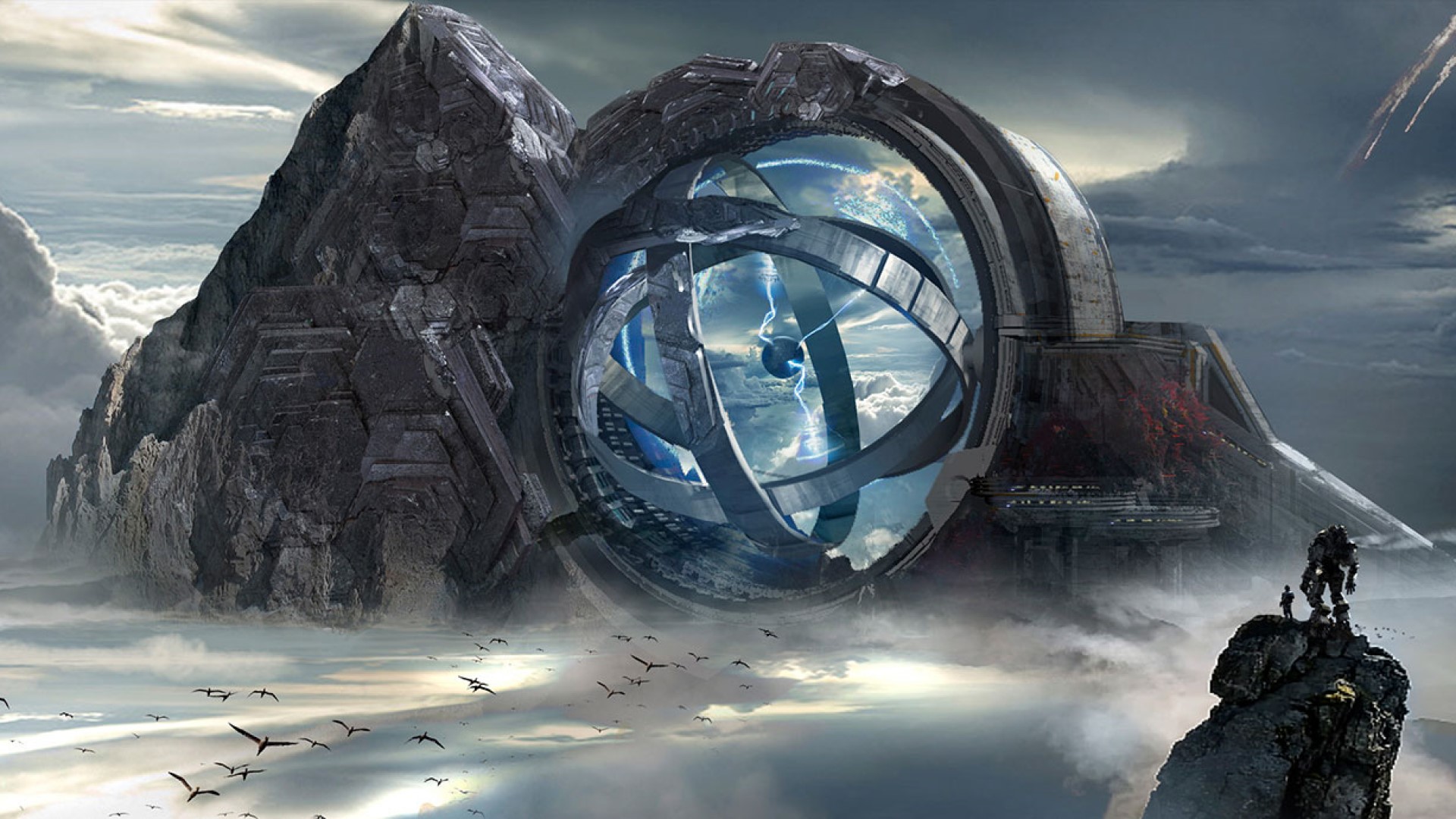
Sci-fi games are at their best when they push the boundaries of our comfort zones and expectations, bending the rules of our reality to accommodate new ideas and situations. One of the final story missions found in Starfield, Bethesda Softworks’ latest RPG, takes great pains to do just that. Called "Entangled", this mission uses one of the game’s most adventurous premises to create a thrilling set piece that includes more than a few twists and turns.
Spoilers follow for Starfield.
In addition to its emphasis on exploration and harder sci-fi elements, Starfield leans heavily into multiverse theory, not only having its primary antagonists hail from parallel dimensions but also by having the player character develop superhuman powers based on their connection to this wider multiverse.
A routine mission to recover an alien artifact from the planet Freya-3 quickly goes south, as you discover a distress call from a laboratory on the world’s surface. Once you arrive, you realize that this wasn’t a call from your version of the research center, but from a parallel iteration of the lab - one which has been overrun with ravenous Cataxi aliens.
This is the first time Starfield shows you the consequences of its reality-bending main plot. Like something out of one of the best horror games, you’ll begin jumping into the alternate dimension unwillingly, forced to fight hordes of aliens as you bounce between realities. Eventually, one of the scientists is able to stabilize the phenomenon, allowing you to use nodes to travel between the two universes. The lab chief, Doctor Patel, gives you a simple directive: close the dimensional fissure.
This is the first time Starfield shows you the consequences of its reality-bending main plot
You’ll then make your way into the lab basement with the aim of shutting down the machine responsible for starting this phenomenon in the first place - while also getting your hands on the alien artifact that powers it. You’ll flick between realities to overcome puzzles, allowing you to circumvent cave-ins and locked doors by hopping from world to world. Sterile security robots hunt you in one reality while Cataxi hordes assail you in the other, all as you negotiate your way through puzzles. Tense battles in tight corridors abound and are reminiscent of Doom Eternal in their high-pressure intensity.
Worlds collide
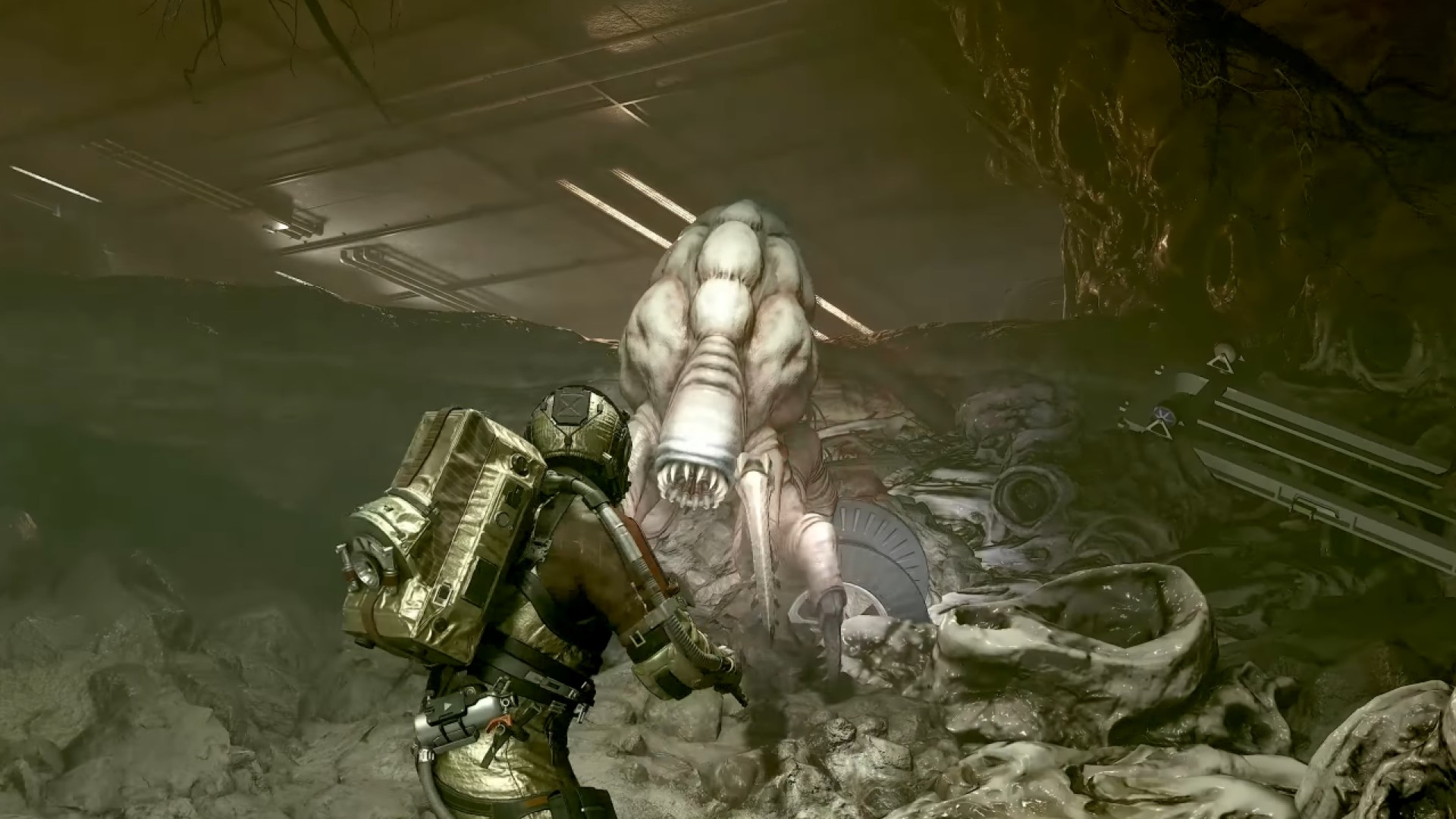
Though it certainly brings its own distinctive flair to the table, Entangled is powerfully reminiscent of a famous mission from FPS history. Respawn’s mech-fighting shooter Titanfall 2 made waves with its novel traversal mechanics and impressive use of scale. Perhaps its most beloved single-player mission, Effect and Cause, went a step further, adding on-demand time-travel mechanics to the mix.
Get daily insight, inspiration and deals in your inbox
Sign up for breaking news, reviews, opinion, top tech deals, and more.
Much like Starfield’s Entangled, Effect and Cause has you arrive at a mysterious laboratory. After getting your hands on a portable time-travel device, you soon find yourself able to jump between the pristine lab of the past and the bombed-out structures that make up what remains of the research center in the present day.
Both games use the opportunities presented by sci-fi to push the boundaries when it comes to level design
As with Entangled, the space-time shenanigans can be traced back to an artifact of alien origin, central to the plot. In contrast to Starfield’s offering, however, Effect and Cause lets you time travel at will, allowing you to get the drop on enemies and perform clever maneuvers. Despite this difference, both games use the opportunities presented by sci-fi not only to provide challenging ideas about how reality might work but also to push the boundaries when it comes to level design.
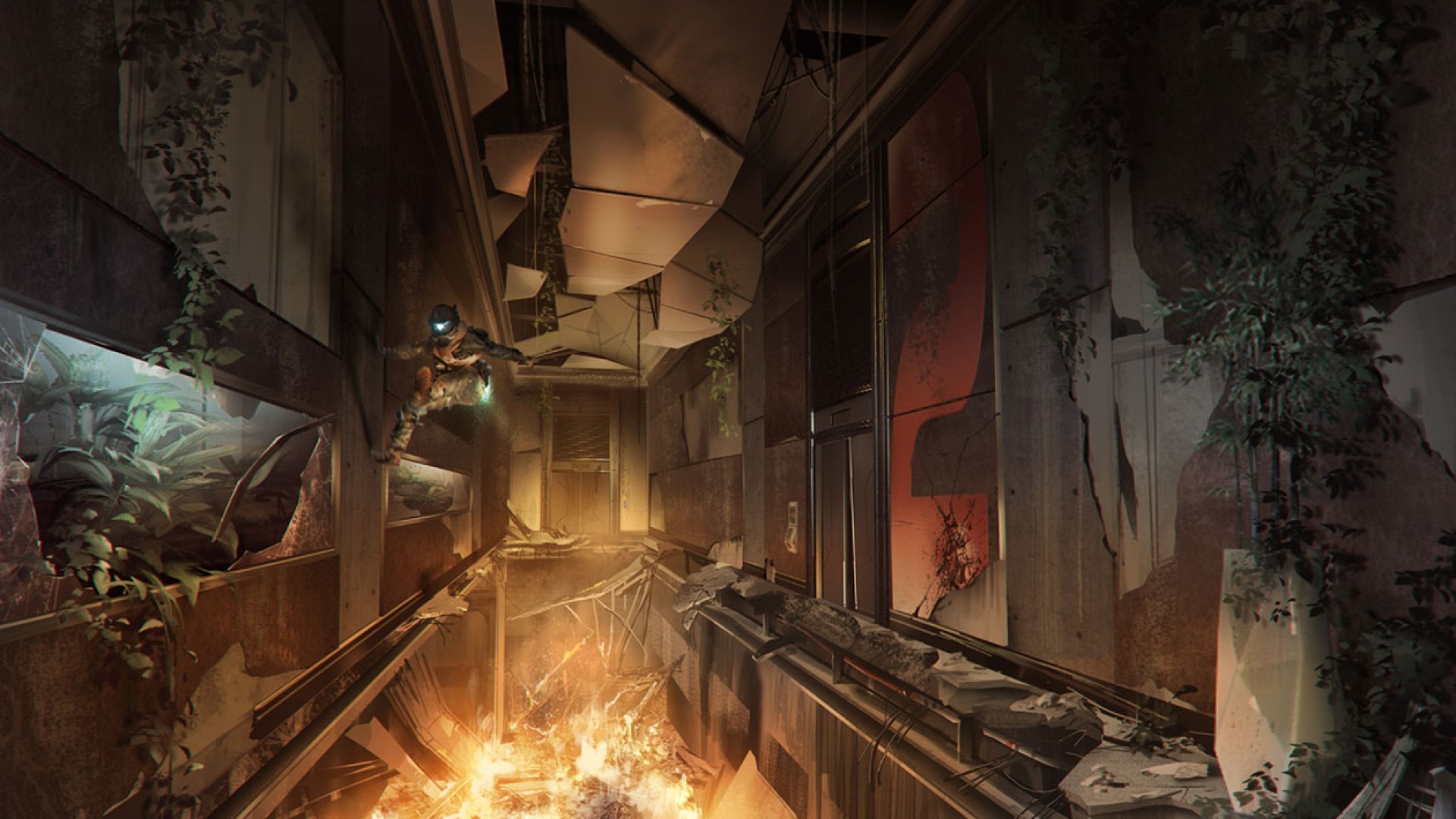
Both Entangled and Effect and Cause have two levels essentially superimposed on each other, offering platforming and puzzling opportunities that couldn’t exist outside of their shared design conceit. Both offer contrasting forms of enemy types so as to keep their respective missions feeling fresh and frantic. Starfield’s Entangled contrasts hordes of monstrous aliens with sleek automated defense robots, while Titanfall 2 has you vary between fighting enemy soldiers in the past and deadly local fauna in the present.
By rubber-banding back and forth between two different level-states, both missions offer more than the sum of their parts, providing an immersively disorienting experience.
Collapsing the waveform
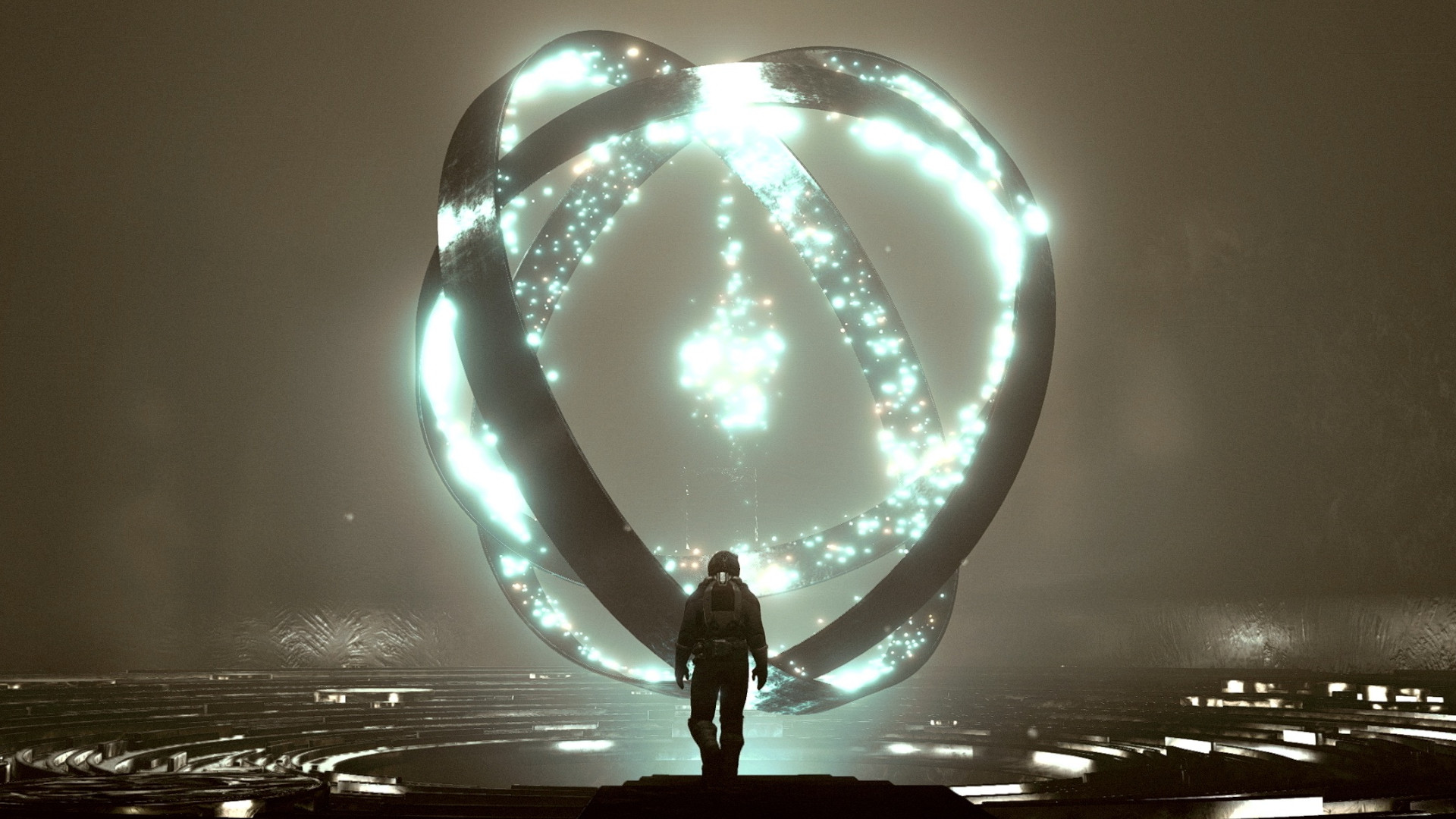
Entangled, however, adds something else to the mix by forcing the player to stand at a difficult moral crossroads. As the name implies, Starfield’s mission takes place across two entangled quantum eventualities, but, by concluding the mission, you inadvertently collapse the waveform, consigning one of the two realities to oblivion.
The first reality you encounter appears to be a (relatively) safe, mostly operational science lab, where Rafael, one of the technicians, gave his life to save his colleagues. In the other reality, Rafael is the sole survivor of a calamity he failed to prevent, surrounded by alien hordes. Doctor Patel informs you in no uncertain terms that only one of these realities can be saved. A classic moral decision point worthy of the best RPGs, you are asked to weigh up these two realities, ultimately deciding who should live and who should die.
Is the sacrifice of the first Rafael worth honoring by preserving the life of the second?
Is the sacrifice of the first Rafael worth honoring by preserving the life of the second? Are the multiple lives at risk in the “safe” version of the lab worth more than Rafael’s? It’s a messy ethical dilemma and caused me to have plenty of reservations and second thoughts.
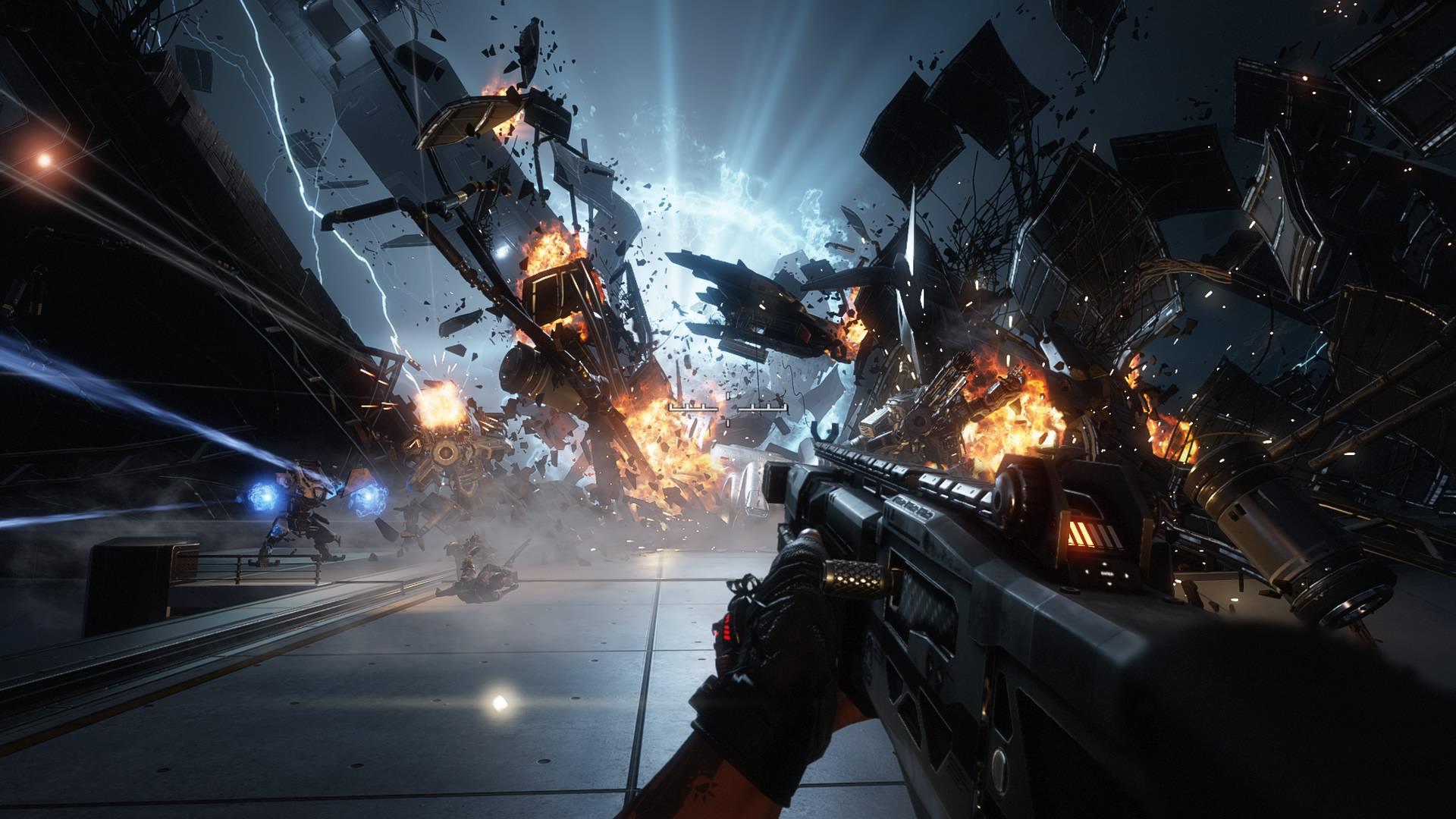
In this way, Starfield takes the world-hopping premise of Titanfall 2’s Effect and Cause and firmly reimagines it within the context of a choice-centric RPG. Though many of Starfield’s big decisions have an underwhelming effect on the galaxy at large, Entangled sits with you by forcing you to make a small-scale choice that’s as difficult as it is emotionally resonant.
While Starfield has faced criticism for what our Editor in Chief Jake Tucker called “soulless” and “patchy” writing, Entangled shows us that Bethesda’s popular RPG has plenty to offer for those looking for more mind-bending sci-fi conundrums - it’s just a matter of finding them.
Want to get more from Starfield? Check out our guides for where to sell contraband and how to assign crew to Outposts.

An editor and freelance journalist, Cat Bussell has been writing about video games for more than four years and, frankly, she’s developed a taste for it. As seen on TechRadar, Technopedia, The Gamer, Wargamer, and SUPERJUMP, Cat’s reviews, features, and guides are lovingly curated for your reading pleasure.
A Cambridge graduate, recovering bartender, and Cloud Strife enjoyer, Cat’s foremost mission is to bring you the best coverage she can, whether that’s through helpful guides, even-handed reviews, or thought-provoking features. She’s interviewed indie darlings, triple-A greats, and legendary voice actors, all to help you get closer to the action. When she’s not writing, Cat can be found sticking her neck into a fresh RPG or running yet another Dungeons & Dragons game.